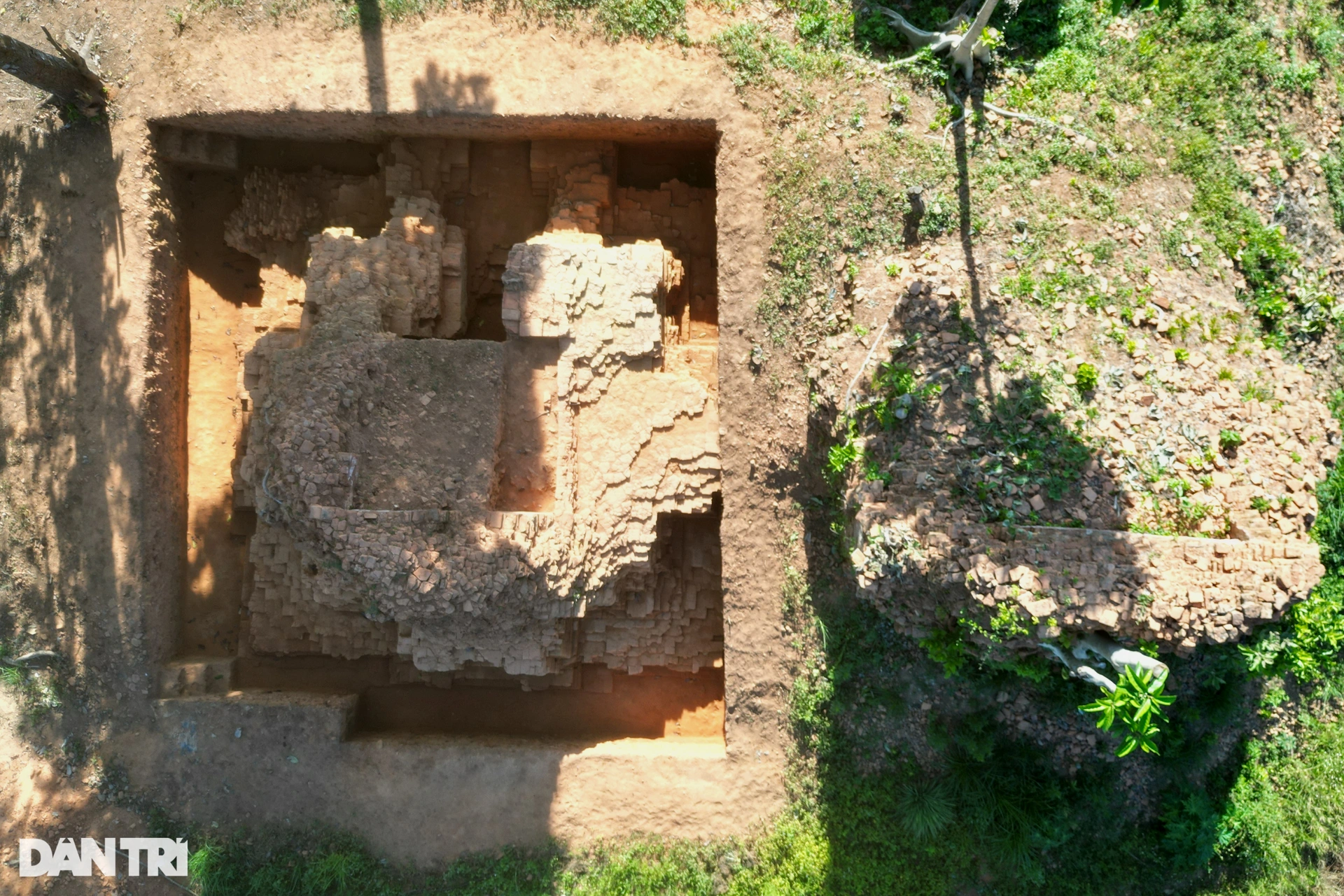Champa Towers in Hue: Forgotten Echoes of a Once-Great Kingdom

Cham Towers in Hue: Forgotten Echoes of a Once-Great Kingdom
Few realize that beneath the imperial grandeur of Hue—the last capital of Vietnam's Nguyen Dynasty—still lie traces of a much older civilization: the ancient kingdom of Champa. Just 10 to 11 kilometers from Hue’s city center stand two rare and remarkable Cham monuments: the Lieu Coc Twin Towers and Phu Dien Tower. These remnants silently whisper stories of a forgotten era.
Lieu Coc Twin Towers – A Northern Frontier of the Champa Kingdom
Located in Bau Thap area, Lieu Coc Thuong village (Huong Xuan ward, Huong Tra town), the Lieu Coc Twin Towers are a rare example of Cham religious architecture in the north. Hue was once the northernmost point of the Champa Kingdom, and according to early records, it may have even been its first capital during the reign of King Khu Lien around 192 AD, before later dynasties gradually moved southward.
In 1926, the Lieu Coc Towers were studied and listed as historic monuments by the French École française d'Extrême-Orient (EFEO). In 1994, Vietnam’s Ministry of Culture recognized them as a national architectural and artistic heritage site.
Most recently, in April 2025, archaeological excavations were launched to further study and preserve the site. The fired bricks used in the towers are reddish in color, with gray-black cores, showing high durability. They vary in size—28–31 cm in length, 16–20 cm in width, and mostly 5.5–6.5 cm thick, although some can reach up to 8 cm.

Phu Dien Tower – A Thousand-Year-Old Treasure Unearthed from the Sand
Further southeast in Phu Vang district lies another stunning relic: Phu Dien Tower (also known as My Khanh Tower). Discovered by chance in April 2001 during sand mining operations in My Khanh village, this Cham tower lay buried 5 to 7 meters below ground, only 120 meters from the coastline and 3–4 meters below sea level.
Current research dates the structure back to the 8th century, making it one of the oldest surviving Cham towers in central Vietnam. Its unusual location and deep burial raise intriguing questions about coastline shifts and the passage of time.
Cham Legacy Beneath the Earth
Cham culture is still quietly present in Hue—especially underground. Ancient Cham people practiced cremation and often buried urns containing ashes beneath the earth. To this day, locals in Hue sometimes uncover Cham burial urns when digging foundations for homes, offering an unexpected window into the past.



